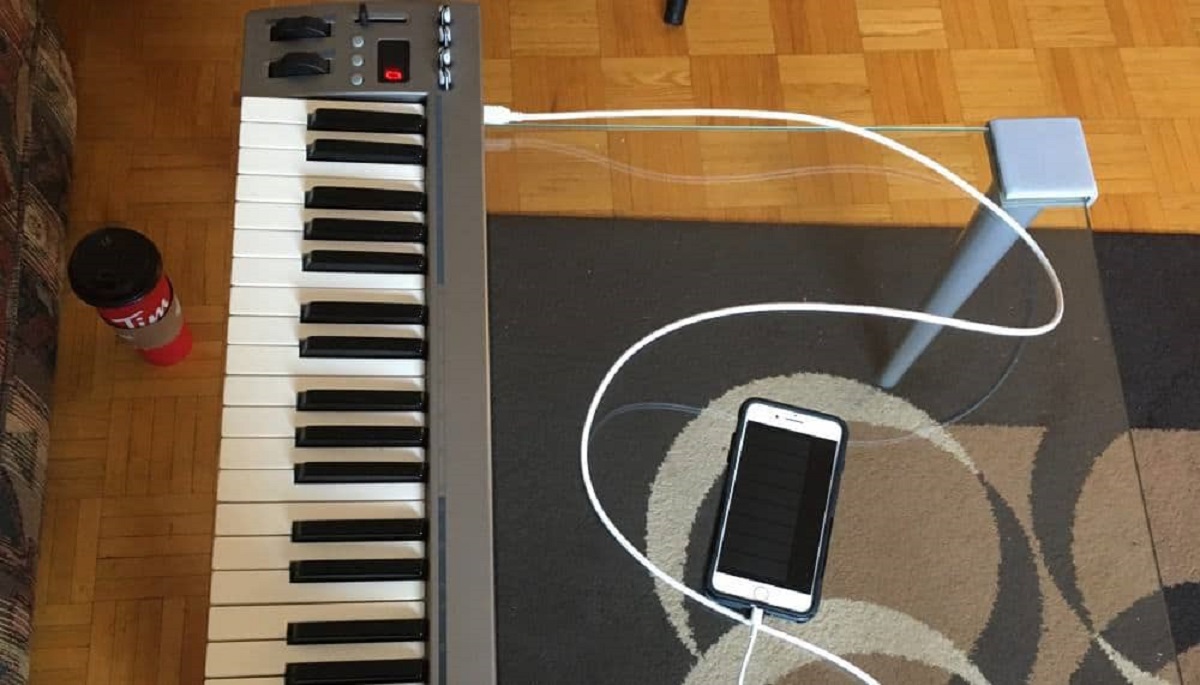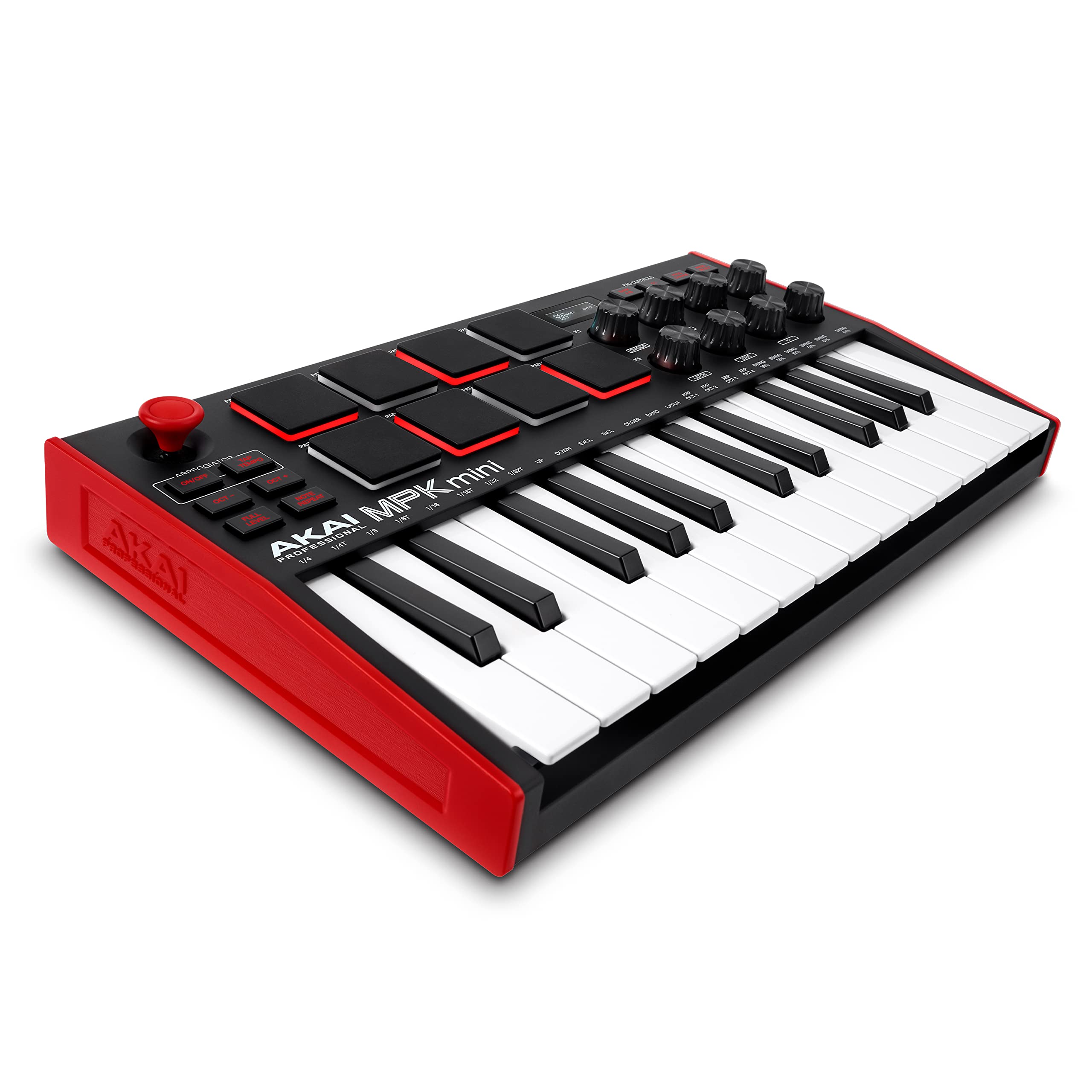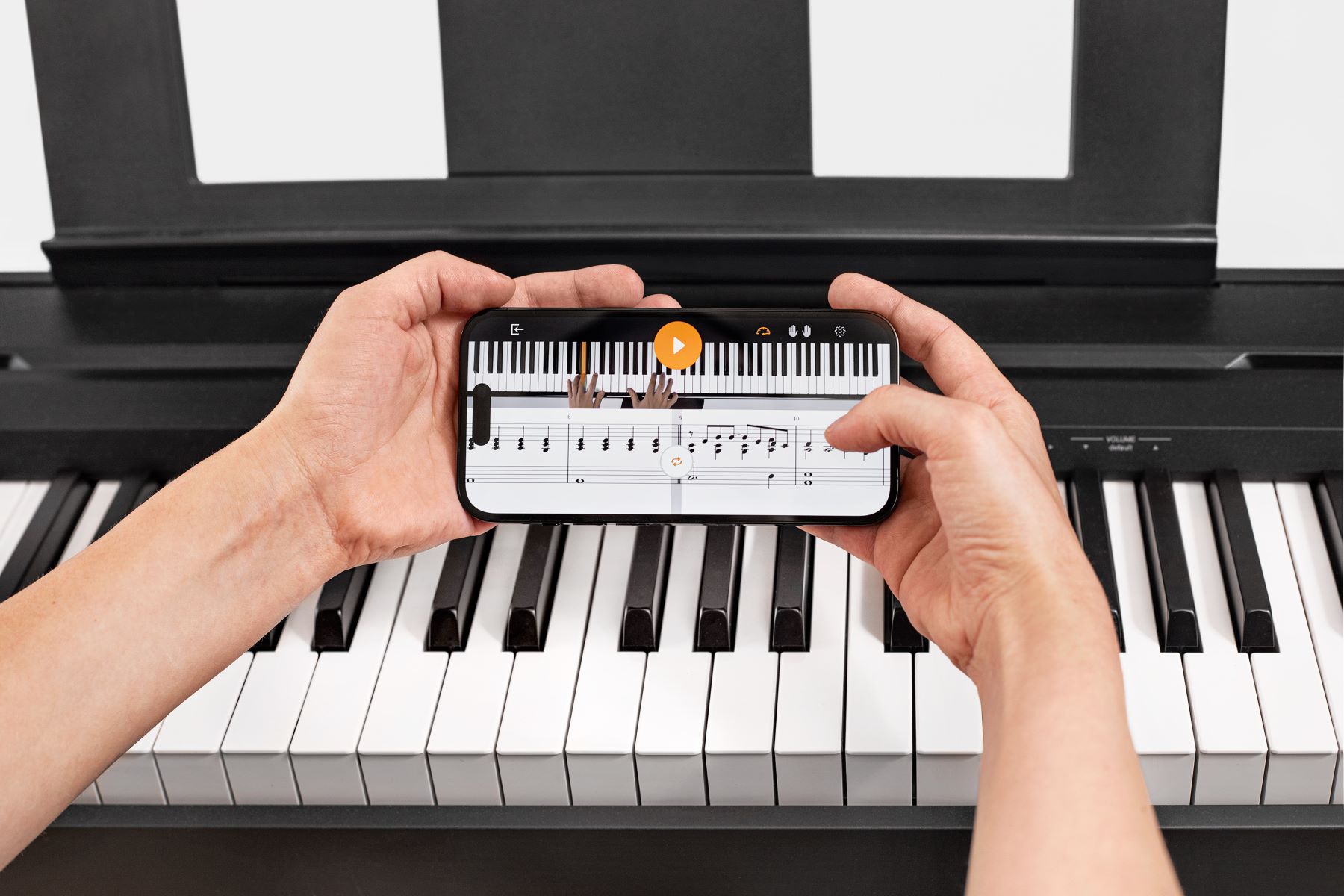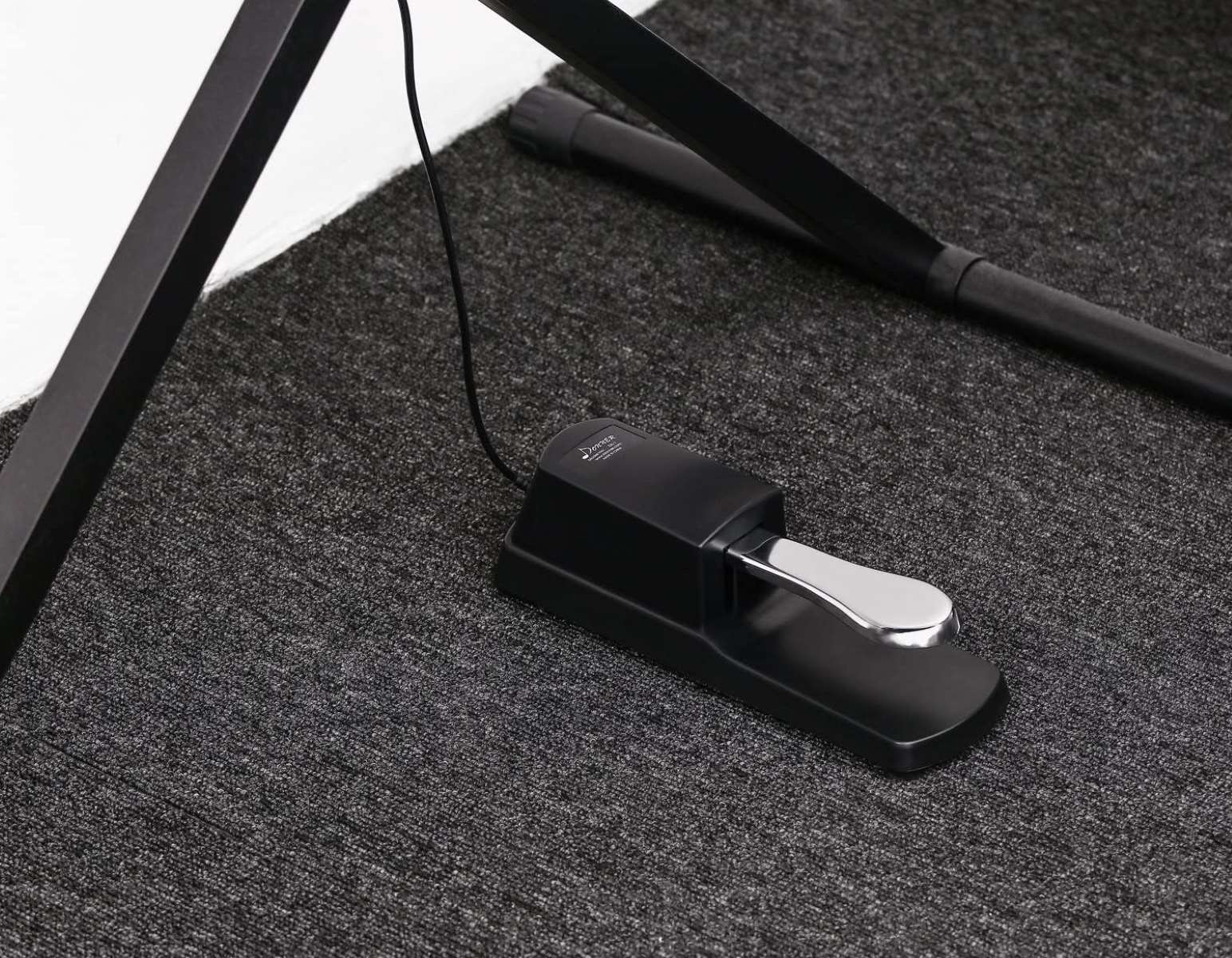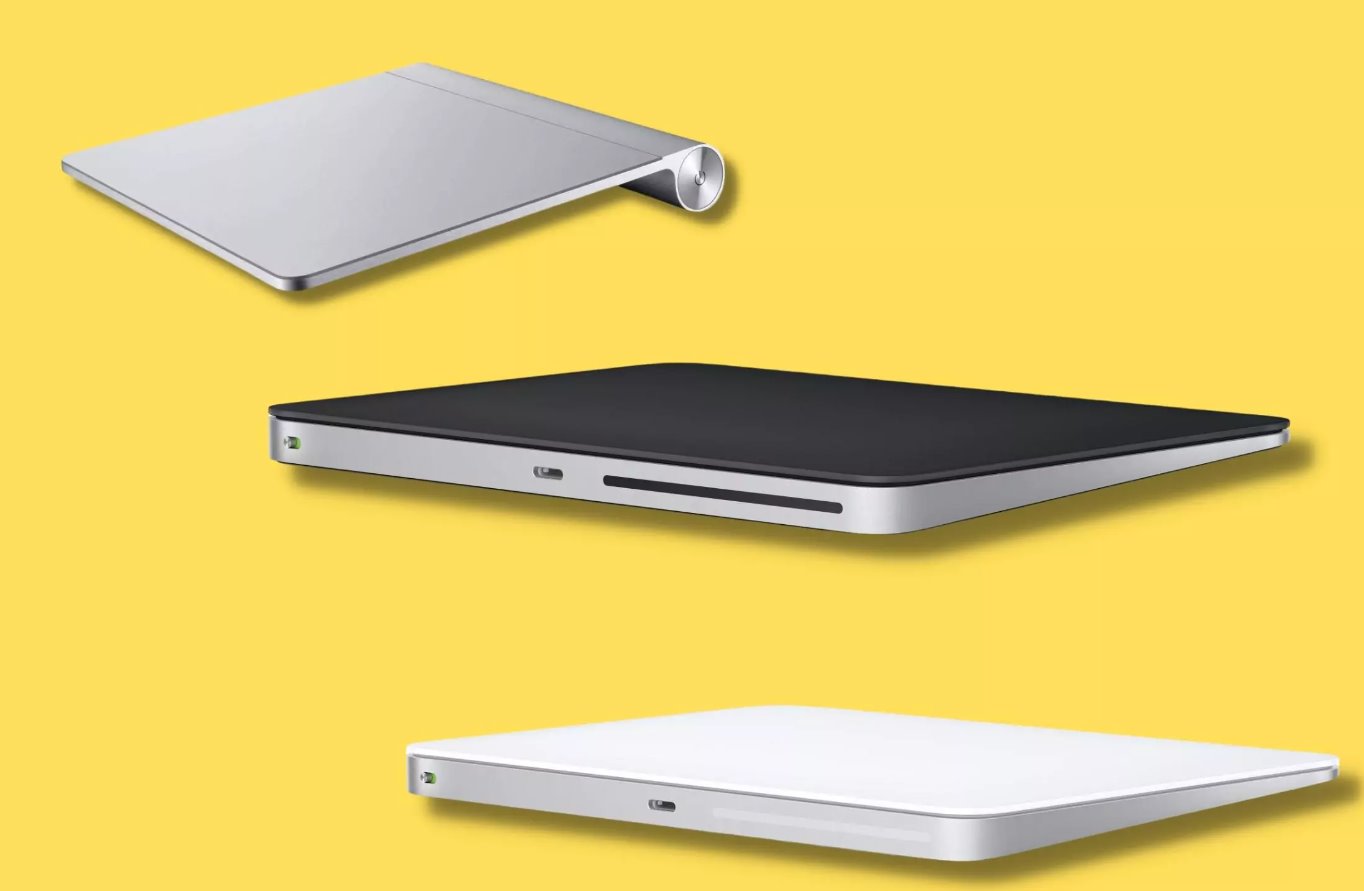Introduction
Are you a musician looking to expand your creative possibilities by connecting your MIDI keyboard to your iPhone? With the right equipment and a few simple steps, you can unlock a world of musical potential right from your smartphone. Whether you're a professional musician, a music enthusiast, or simply someone who loves to tinker with technology, this guide will walk you through the process of connecting your MIDI keyboard to your iPhone.
By leveraging the power of technology, you can seamlessly integrate your MIDI keyboard with your iPhone, opening up a myriad of possibilities for music creation, recording, and performance. The convenience of having a portable music studio at your fingertips is unparalleled, and with the right tools and knowledge, you can easily make it a reality.
In this guide, we will explore the step-by-step process of connecting a MIDI keyboard to an iPhone, ensuring that you have all the information you need to make this integration seamless and hassle-free. From checking compatibility to setting up MIDI apps, each step is crucial to the successful connection of your MIDI keyboard to your iPhone.
So, whether you're a seasoned musician looking to integrate your MIDI keyboard into your mobile setup or a beginner eager to explore the world of music production, this guide will equip you with the knowledge and tools to make it happen. Let's dive into the details and get you on your way to creating music on the go!
Step 1: Check Compatibility
Before embarking on the journey of connecting your MIDI keyboard to your iPhone, it’s essential to ensure that the devices are compatible with each other. Not all MIDI keyboards are designed to work seamlessly with iPhones, so taking the time to verify compatibility will save you from potential frustration down the road.
First and foremost, check if your MIDI keyboard has USB or MIDI output. Many modern MIDI keyboards come equipped with a USB port, which simplifies the connection process. However, if your MIDI keyboard only has traditional MIDI outputs, you will need a MIDI to USB adapter to connect it to your iPhone.
Next, consider the iOS version running on your iPhone. Ensure that your iPhone is running a compatible iOS version for MIDI connectivity. Apple regularly updates its operating system, and certain MIDI features may require specific iOS versions to function optimally. Check the specifications of the MIDI apps you intend to use, as they may have specific iOS version requirements.
Additionally, some MIDI keyboards may require external power sources or draw power from the connected device. Confirm whether your MIDI keyboard can be powered through the iPhone or if it requires a separate power supply. This information is crucial for seamless integration and uninterrupted functionality.
By thoroughly checking the compatibility of your MIDI keyboard and iPhone, you can preemptively address any potential issues and ensure a smooth connection process. With the compatibility verified, you can proceed to the next steps with confidence, knowing that your devices are ready to harmonize and unleash your musical creativity.
Step 2: Get the Right Adapter
Once you’ve confirmed the compatibility of your MIDI keyboard and iPhone, the next crucial step is acquiring the appropriate adapter to facilitate the connection. The type of adapter you need depends on the connectivity options of your MIDI keyboard and your iPhone model. Let’s explore the adapter options based on different scenarios:
- USB-equipped MIDI Keyboard: If your MIDI keyboard features a USB port, you will require a Lightning to USB Camera Adapter to connect it to your iPhone. This adapter allows you to plug the USB end of your MIDI keyboard’s cable into the Lightning port of your iPhone, effectively bridging the gap between the two devices.
- Traditional MIDI Output Keyboard: For MIDI keyboards that only have traditional MIDI outputs, you will need a MIDI to USB adapter. This adapter serves as a conduit between the MIDI keyboard’s output and the Lightning port of your iPhone, enabling the transfer of MIDI data.
When selecting a Lightning to USB Camera Adapter or a MIDI to USB adapter, it’s essential to choose a reliable and compatible product to ensure seamless connectivity. Opt for adapters from reputable manufacturers or those specifically designed for use with iOS devices to minimize compatibility issues.
It’s worth noting that Apple-certified adapters are recommended to guarantee compatibility and reliable performance. While there are third-party adapters available, choosing Apple-certified products provides assurance in terms of quality and compatibility with your iPhone and MIDI keyboard.
By obtaining the right adapter for your specific setup, you are one step closer to integrating your MIDI keyboard with your iPhone, paving the way for a harmonious connection that unleashes the full potential of your musical creativity.
Step 3: Connect the MIDI Keyboard to the Adapter
With the compatible adapter in hand, it’s time to bridge the gap between your MIDI keyboard and iPhone. The process of connecting the MIDI keyboard to the adapter is relatively straightforward, but it requires precision to ensure a secure and stable connection. Follow these steps to seamlessly link the two devices:
- For USB-equipped MIDI Keyboards: If your MIDI keyboard features a USB port, simply connect one end of the USB cable to the USB port on the keyboard and the other end to the Lightning to USB Camera Adapter. Ensure that the connections are secure to prevent any interruptions during operation.
- For Traditional MIDI Output Keyboards: If your MIDI keyboard only has traditional MIDI outputs, use the MIDI to USB adapter to establish the connection. Connect the MIDI OUT cable from your keyboard to the MIDI to USB adapter’s MIDI IN port. Then, connect the USB end of the adapter to the Lightning to USB Camera Adapter.
Once the physical connections are in place, it’s essential to secure the cables to prevent accidental disconnection during use. Consider using cable ties or Velcro straps to neatly organize and secure the cables, minimizing the risk of dislodging the connections during performance or recording sessions.
Before proceeding to the next step, double-check the connections to ensure that the MIDI keyboard is securely linked to the adapter. A stable and secure connection is vital for the seamless transmission of MIDI data between the keyboard and your iPhone, setting the stage for the next phase of the integration process.
By carefully connecting the MIDI keyboard to the adapter, you are laying the foundation for a reliable and efficient link between your musical instrument and your iPhone, bringing you one step closer to harnessing the full potential of your mobile music studio.
Step 4: Connect the Adapter to the iPhone
With the MIDI keyboard successfully linked to the adapter, the next pivotal step is to connect the adapter to your iPhone, establishing the final link in the chain that will enable seamless communication between the two devices. Follow these steps to ensure a secure and reliable connection:
- Plug in the Adapter: If you are using a Lightning to USB Camera Adapter, connect the Lightning end of the adapter to your iPhone’s Lightning port. For traditional MIDI to USB adapters, ensure that the USB end of the adapter is securely plugged into the Lightning to USB Camera Adapter, which is already connected to your iPhone.
- Enable MIDI Access: Upon connecting the adapter to your iPhone, you may need to grant MIDI access to the connected devices. Depending on the iOS version and the specific MIDI apps you intend to use, you may receive prompts to allow MIDI access. Follow the on-screen instructions to enable MIDI communication between your MIDI keyboard and iPhone.
- Verify the Connection: Once the adapter is connected to your iPhone, verify that the connection is secure and stable. Check for any error messages or indicators that may suggest a faulty connection. A reliable connection is essential for the seamless exchange of MIDI data between your MIDI keyboard and iPhone.
After completing these steps, your MIDI keyboard is now intricately linked to your iPhone, ready to unleash its musical prowess in tandem with the capabilities of your smartphone. The successful connection between the adapter and your iPhone sets the stage for the final phase of the integration process, which involves setting up MIDI apps to harness the full potential of your connected MIDI keyboard and iPhone.
By effectively connecting the adapter to your iPhone, you are solidifying the link between your MIDI keyboard and your smartphone, paving the way for a harmonious collaboration that empowers you to create, perform, and explore music with unparalleled convenience and flexibility.
Step 5: Set Up MIDI Apps
With your MIDI keyboard seamlessly connected to your iPhone, the final step in the integration process involves setting up MIDI apps to fully leverage the combined potential of your musical instrument and smartphone. MIDI apps serve as the gateway to a diverse array of music creation, recording, and performance tools, offering a rich palette of features to explore and enhance your musical endeavors.
Before delving into the world of MIDI apps, consider the specific functionalities you seek. Whether you’re interested in virtual instrument plugins, multitrack recording capabilities, or live performance tools, there are MIDI apps tailored to various musical pursuits. Here are the key steps to set up MIDI apps on your iPhone:
- Explore App Options: Browse the App Store to discover MIDI apps that align with your musical goals. Consider reading user reviews and app descriptions to gauge the suitability of each app for your specific needs. Look for features such as MIDI input support, virtual instrument compatibility, and recording capabilities.
- Install and Configure Apps: Once you’ve identified the MIDI apps that resonate with your creative aspirations, download and install them on your iPhone. After installation, familiarize yourself with the app interfaces and settings to configure MIDI input sources. Ensure that your MIDI keyboard is recognized as an input device within the app’s settings.
- Test MIDI Connectivity: Verify that your MIDI keyboard is successfully communicating with the installed apps. Test the input responsiveness by playing notes on your MIDI keyboard and observing the corresponding MIDI data within the apps. This step ensures that your MIDI keyboard and iPhone are effectively linked and ready for musical exploration.
By setting up MIDI apps on your iPhone, you are unlocking a world of creative possibilities, allowing your MIDI keyboard to seamlessly interact with powerful music production and performance tools. Whether you’re composing music, recording tracks, or performing live, MIDI apps empower you to harness the full potential of your connected MIDI keyboard and iPhone, transforming your smartphone into a versatile music creation platform.
Conclusion
Connecting a MIDI keyboard to an iPhone opens up a realm of musical opportunities, empowering musicians and enthusiasts to seamlessly integrate their instruments with the capabilities of a smartphone. By following the step-by-step process outlined in this guide, you can bridge the gap between your MIDI keyboard and iPhone, creating a harmonious union that amplifies your musical creativity and versatility.
From checking compatibility and acquiring the right adapters to establishing secure connections and setting up MIDI apps, each step is pivotal in ensuring a seamless integration that enhances your music production, recording, and performance endeavors. By meticulously navigating through the integration process, you have equipped yourself with the knowledge and tools to seamlessly connect your MIDI keyboard to your iPhone, transforming your smartphone into a portable music studio.
As you embark on this musical journey, remember that the successful connection of your MIDI keyboard to your iPhone signifies the convergence of traditional musical instruments with cutting-edge technology, resulting in a fusion of creativity and innovation. Whether you’re a professional musician seeking a mobile music solution or an aspiring producer exploring new horizons, the integration of your MIDI keyboard with your iPhone heralds a new era of musical expression and exploration.
With your MIDI keyboard and iPhone working in harmony, you are poised to unleash your musical potential, experiment with diverse sounds, and create captivating compositions, all from the convenience of your smartphone. Embrace this convergence of musical ingenuity and technological prowess, and let your creativity flourish in the boundless realm of mobile music production and performance.
So, go ahead and embark on your musical odyssey, armed with the knowledge and confidence to seamlessly connect your MIDI keyboard to your iPhone. Your smartphone is now a gateway to a world of musical expression, and with your MIDI keyboard by its side, the possibilities are endless.







